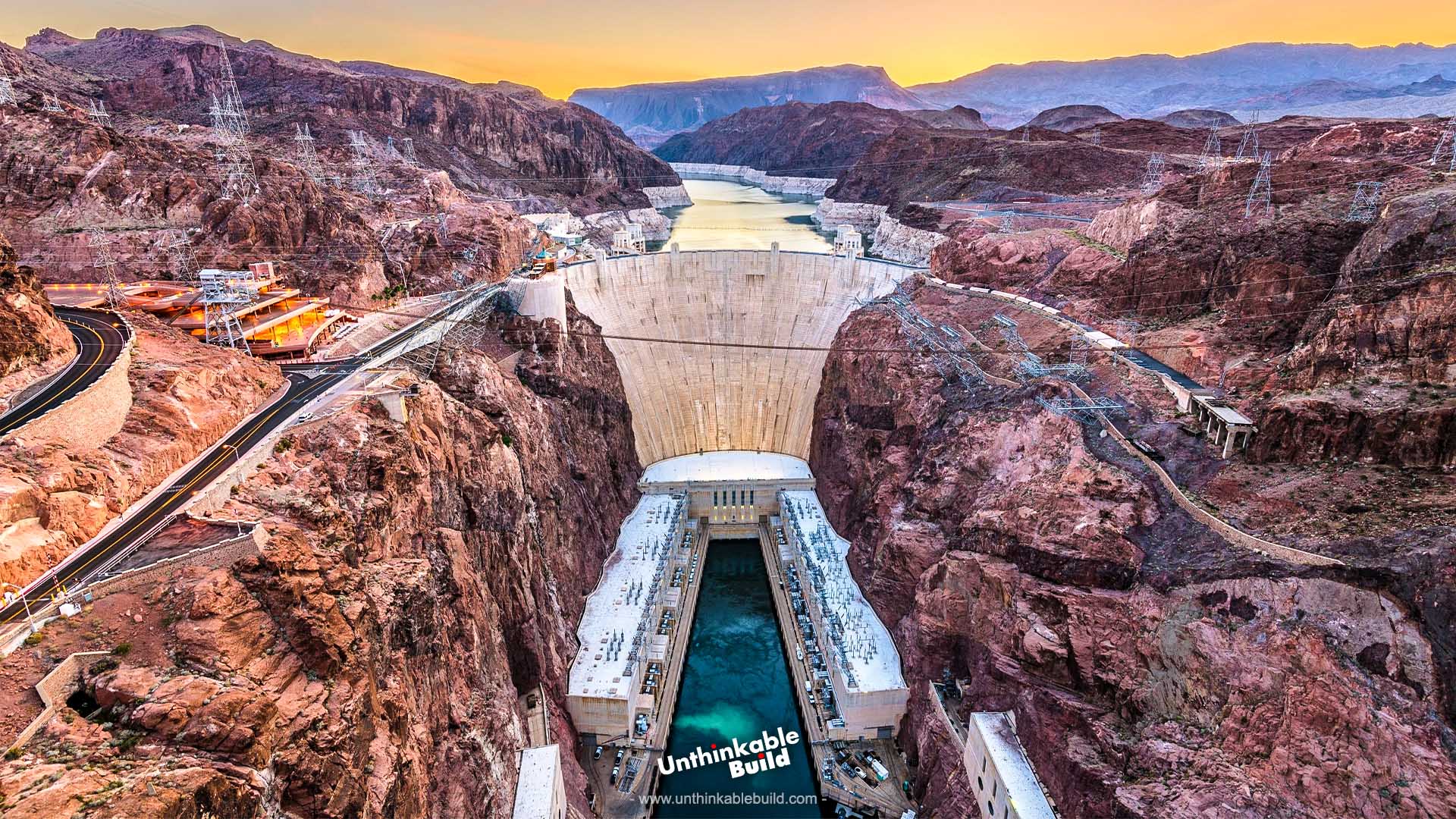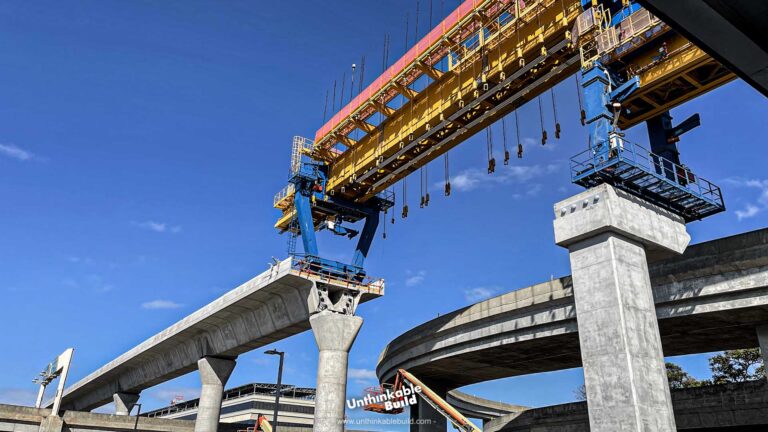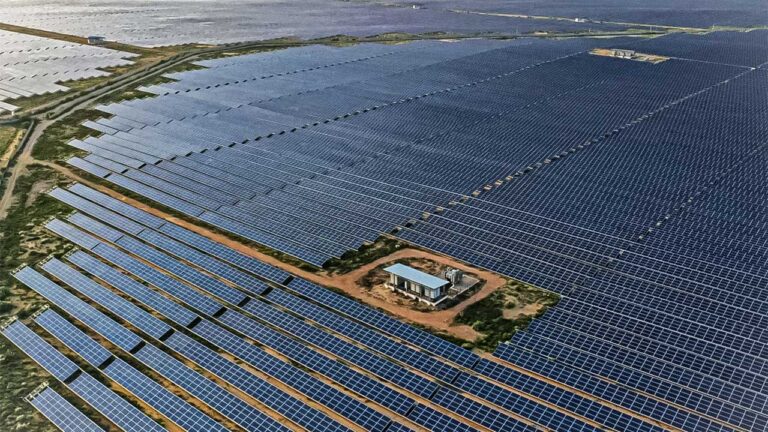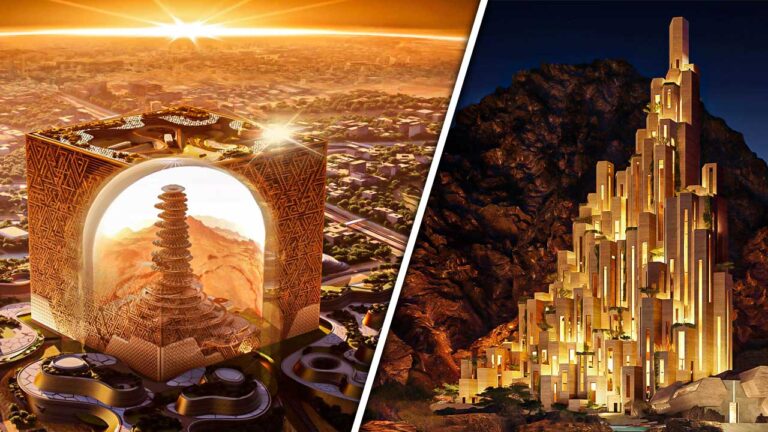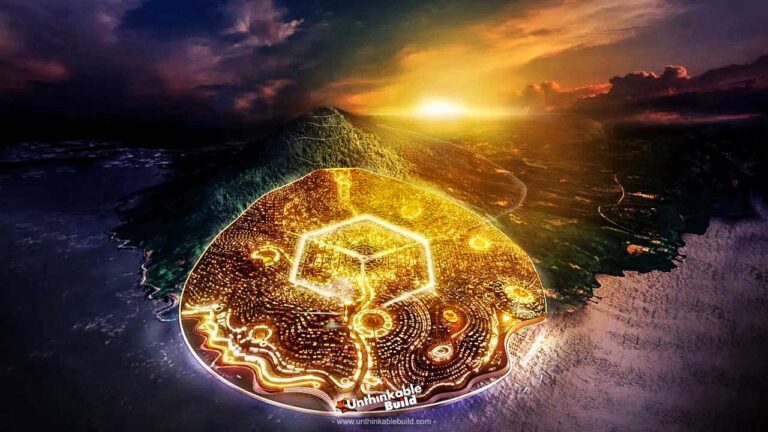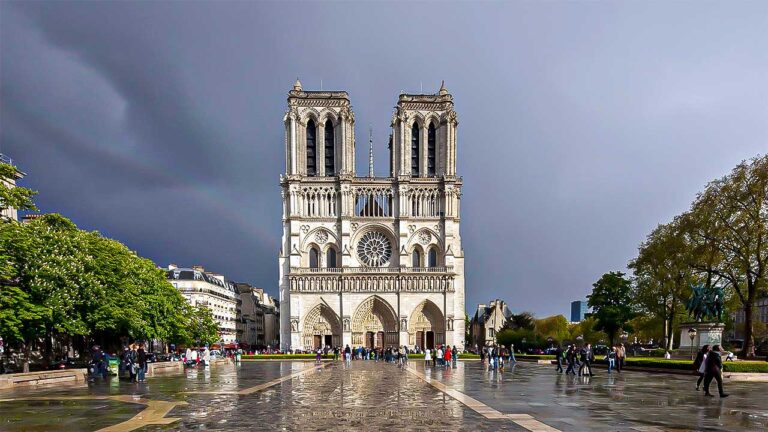Comparing American Mega-Projects to Global Giants
Mega-projects aren’t just massive structures or innovative milestones. They’re a testament to human ambition and ingenuity. Think about the most remarkable bridge you’ve seen. Or a skyscraper that seems to touch the clouds. What feelings did it stir?
These projects go beyond their structural significance. They spark wonder while addressing real-world challenges—like connecting communities or creating sustainable energy. They’re visionary responses to critical needs, often leaving an impact that lasts for generations.
American mega-projects have a distinct character, shaped by the country’s vast landscapes and diverse needs.
Imagine the broad highways connecting cities. Or renewable energy farms harnessing the sun and wind to fuel the future. These are more than just practical solutions. They tell stories of innovation and determination, reflecting a nation striving to adapt and grow.
Now, imagine the global stage. Here, the scale and innovation of mega-projects become even more dazzling. From hi-tech cities rising in deserts to railways slicing through mountains and connecting continents, each one showcases a unique blend of cultural legacy and pioneering technology.
Have you ever wondered what it takes to bring these visions to life?
Behind every massive dam or intricate tunnel lies a journey marked by teamwork, persistence, and goal-setting. These projects remind us that no matter where we are, the vision to transform the impossible into reality is a shared human trait. In this video, we’ll explore some of the most incredible mega-projects around the world and uncover the stories behind them. Let’s dive in!
American Titans: The Power of Scale
American mega-projects have long stood as reflections of the nation’s pioneering spirit, resilience, and ambition. They’ve shaped not only the country’s landscape but also the world’s future. From connecting oceans to taming rivers and reaching for the stars, these projects remind us of what’s possible when we dare to dream big.
Panama Canal:
What does it take to connect two oceans? The Panama Canal did just that, and it changed the world forever. Completed in 1914, this 80-kilometer-long waterway saved ships the exhausting journey around South America, cutting travel time by weeks. But building it was no easy feat. Engineers had to excavate millions of cubic meters of earth and create a system of locks to manage varying sea levels. And then there were the deadly challenges—tropical diseases like malaria and yellow fever claimed thousands of lives. Despite the odds, the canal was completed at a cost of $375 million. Today, it remains a vital trade route, handling over 14,000 ships annually. It’s a testament to human ingenuity and the power of perseverance.
Hoover Dam:
While the Panama Canal connected oceans, another American mega-project sought to tame a mighty river—the Hoover Dam. Completed in 1936 during the Great Depression, this colossal structure stretches 221 meters high and 379 meters long. At the time, it was the tallest dam in the world and a groundbreaking feat of engineering.
Built to control the Colorado River, the dam created Lake Mead, one of the largest man-made reservoirs on Earth. But its impact goes beyond flood control and irrigation. The Hoover Dam generates over four billion kilowatt-hours of hydroelectric power annually, supplying energy to millions.
Over 21,000 workers braved the harsh desert conditions to bring this project to life. Today, its iconic Art Deco design and sheer scale continue to inspire awe, symbolizing innovation and the promise of progress.
Apollo Program:
And then there’s the mega-project that took us beyond Earth—the Apollo Program. Launched by NASA in 1961, this audacious mission aimed to land a human on the moon. Driven by President John F. Kennedy’s bold vision, the program reached its pinnacle in 1969 with Apollo 11, when Neil Armstrong and Buzz Aldrin took their historic steps on the lunar surface.
The Apollo Program wasn’t just about exploration; it was a statement of leadership during the Cold War. With a budget exceeding $25 billion, it pushed the boundaries of science and technology, leading to innovations like advanced computers and improved telecommunications.
For many, the Apollo Program remains one of humanity’s greatest achievements—a powerful reminder that no dream is too big when we work together.
These mega-projects—whether connecting oceans, taming rivers, or reaching for the stars—show us the incredible power of human ambition. They remind us that even the most daunting challenges can be overcome with innovation, determination, and teamwork.
While American mega-projects have shaped the nation’s landscape, global giants have pushed the boundaries of what’s possible on an even larger scale. From dams that redefine energy production to tunnels that connect nations and space stations that orbit our planet, these projects showcase the incredible power of international collaboration and innovation. Let’s take a look at some of the most remarkable global mega-projects.
Three Gorges Dam:
What does it take to build the world’s largest power station? The Three Gorges Dam in China is a true testament to human ambition. Stretching across the Yangtze River in Hubei province, this massive hydroelectric project generates enough electricity to power millions of homes. Completed in 2012 at a cost of $30 billion, it’s one of the most remarkable infrastructural achievements in history.
But it’s not just about power. The dam has transformed flood control and water supply for the region. However, such a gigantic project wasn’t without its challenges. Over a million people were displaced, and environmental concerns emerged, reminding us of the delicate balance between progress and preservation.
Channel Tunnel:
Next, we have the Channel Tunnel, or “Chunnel,” a marvel of modern engineering that links the UK and France. Imagine traveling beneath the English Channel, reducing what was once a lengthy journey to just 35 minutes. Completed in 1994, this nearly 50-kilometer-long tunnel cost around $22 billion and stands as a symbol of international cooperation.
Building an underwater tunnel was no small feat. British and French teams worked together to overcome immense challenges, from geological obstacles to logistical complexities. Today, the Chunnel not only connects two countries but also bridges cultures, making travel faster and more convenient than ever before.
International Space Station:
Finally, there’s the International Space Station (ISS), perhaps the most ambitious collaborative project ever undertaken by humanity. Orbiting Earth since 1998, this space laboratory was designed and assembled by multiple countries, including the United States, Russia, Japan, Canada, and the European Space Agency.
With a price tag of around $150 billion, the ISS is one of the most expensive projects ever built. But its value goes beyond cost. It has allowed us to conduct groundbreaking scientific research, study life in space, and push the boundaries of exploration. The ISS is a shining example of what we can achieve when nations work together toward a common goal.
Clash of the Titans: Comparing Challenges and Innovations
When we compare American mega-projects to their global counterparts, one thing becomes clear: the challenges and innovations are often strikingly similar.
Take environmental impact, for example. The Three Gorges Dam generates massive power but displaced over a million people and disrupted ecosystems. Similarly, the Hoover Dam altered the Colorado River’s course, impacting the environment. Even the Channel Tunnel raised questions about its effect on marine biodiversity.
So, how do we balance progress with protecting the planet? Sustainability remains a critical concern as these projects reshape our world. What do you think—can we achieve our goals without harming the Earth?
Technology and engineering are key to addressing these challenges. The Hoover Dam showcased advanced engineering to control a mighty river. The Apollo Program led to innovations that still impact us today. And projects like the Three Gorges Dam and Channel Tunnel continue to push the boundaries of what’s possible.
But funding is another crucial factor. Large-scale projects often require substantial investment from both governments and private sectors. The Panama Canal was funded by the U.S. government, while the ISS was a joint effort of multiple nations. The Channel Tunnel, on the other hand, relied on both public and private funding.
So, what’s your opinion? Should governments take the lead on these projects, or is private investment the way to go? Finding the right balance is essential for success and long-term impact.
From the Panama Canal to the Three Gorges Dam, from the Hoover Dam to the International Space Station, these mega-projects remind us of the incredible power of human ambition. They challenge us to dream bigger, innovate smarter, and work together to overcome the impossible.

